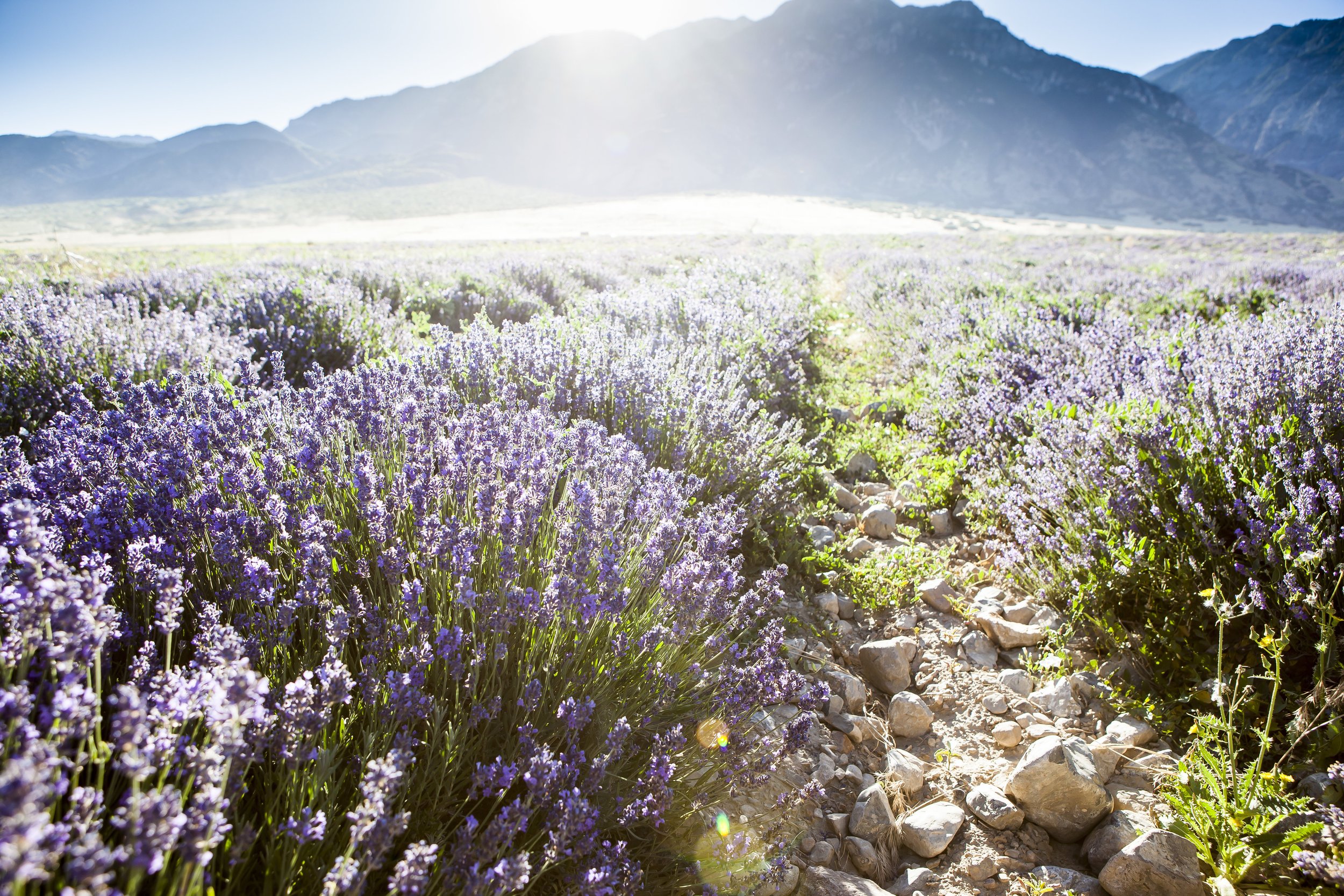Essential Oils
The Hidden Toxins in Air Fresheners & Scented Candles
Synthetic fragrances may be the most common type of harsh-chemical that can be found in the home. Air fresheners, plug-in type deodorizers, and scented candles can emit hundreds of harmful chemicals known to be carcinogens, respiratory and endocrine disruptors, and reproductive toxicants, even at low levels.
In 2014, Scientific American reported that a study in the journal, Environmental Health Perspectives, shows a strong link between exposure to phthalates (chemicals that are found in air fresheners and often plastics) during pregnancy and the child’s future risk of asthma.
Making the switch to health-promoting products is simple. It’s simple to replace virtually every harsh product in your home with a clean switch! Diffusing essential oils provide a safe and effective method for purifying and scenting the air in your home as a fantastic alternative to harmful air fresheners, candles, and plug-ins.
Tools for Wellness
The use of volatile plant oils, including essential oils, for psychological and physical well-being. Used in hospitals, offices, clinics, and homes everywhere, aromatherapy bridges the new and old, and spans a variety of practices.
What are essential oils?
Essential oils are concentrated extracts harvested from plants, herbs, and trees, which are carefully steam distilled or cold-pressed. These pure, precious oils are more potent than the botanicals from which they’re extracted and contain powerful, concentrated health and wellness benefits.
Not all essential oils on the market are created equal. From the seed of the plant to the seal of the bottle, every step of the essential oil production process should take precise care - and that is why we partner with Young Living®, the world leader in essential oils.
Whether you use oils for aromatherapy, personal care, or as household solutions, all aspects of your life will get a boost with a few drops of essential oils!
Each essential oil contains hundreds of naturally occurring chemical constituents, many of which have been studied for their extensive benefits. This is what makes an essential oil so versatile! Highly concentrated and more potent than the herb, essential oils are also fat-soluble and volatile which makes them readily available for our bodies to use!
These powerful, pure essential oils are not just a new fad or trend; they have enhanced lives for thousands of years, offering a variety of benefits, from beauty and dietary purposes to spiritual and religious use. You can use oils for aromatherapy, change the atmosphere and mood of any space, support a healthy body, add them to your beauty routine, enhance DIY recipes, and even clean with them! Every aspect of daily life can benefit from the incorporation of essential oils.
There are three ways to use essential oils: aromatically, topically, and internally. Each method benefits our bodies in different ways.
The Power of Smell
The sense of smell is the most powerful of the five human senses.
Smell must be functional in order for the sense of taste to work.
It is tied to adrenal health, allergies and breathing issues and countless more processes.
Smells such as freshly baked cookies, lilacs or perfumes can trigger visual memory.
10 deep breaths a day can release three pounds of toxins - just in the first week!
Breathing clean air is essential to get cleansing oxygen to all of the cells as well as removing toxins and waste.
Synthetic fragrances may be the most common type of harsh-chemical found in homes. Air fresheners, plug-in type deodorizers, and scented candles can emit hundreds of harmful chemicals known to be carcinogens, respiratory and endocrine disruptors, and reproductive toxicants, even at low levels.
“Fragrance” is a carcinogen (known to cause cancer), and can cause neurotoxicity, allergies, and skin sensitivities; they are used in a variety of cosmetics to add aroma. Companies do not have to disclose the ingredients due to “trade secrets”.
A popular question that is asked is if essential oils are fragrances, and the answer is, no, they are not the same - at least for the essential oils directly from Young Living. Young Living essential oils are the closest thing to nature you can get for enhancing the aroma of your home while giving you health benefits that fragrances do not do.
90% of our energy comes from just breathing the air.
Try adding a diffuser with Young Living essential oils to your space, or drop your favorite Young Living essential oil into your palms (try peppermint for energy) and breathe in deeply.
How Aromatherapy Works
Inhalation of essential oils can have some very profound physiological and psychological effects.
Essential oils enter the bloodstream of the body and act as catalysts to create balance in the cells and organs. The body processes scent through the nose/olfactory system to the limbic system in the brain, which controls emotions and is the keeper of learned memories.
The limbic system is directly connected to those parts of the brain that control heart rate, blood pressure, breathing, memory, stress levels, and hormone balance. The volatile scents of the plant are chemical messengers that trigger this brain function and influence our emotions.
When we smell something, that scent goes into our bloodstream almost immediately …like breathing in chlorine when they're shocking the pool - it’s in your bloodstream.
Oils by the Numbers
The most-purchased essential oil in the U.S. is Lavender
Following Lavender (in alphabetical order): Bergamot, Chamomile, Eucalyptus, Frankincense, Geranium, Helichrysum, Orange, Peppermint, Rose, Rosemary, Sandalwood, Tea Tree, and Ylang Ylang.
There are approximately 120 known/widely-produced essential oils.
According to Wikipedia, 90% of the world’s production of Star Anise is used in the manufacturing of Tamiflu.
Essential oils are becoming ever more popular around the globe, with more than 25 manufacturers in the U.S. alone. Some of these have been around since before WWII.
The food and beverage industry is experiencing an increased demand for natural, safe, and minimally processed food products across the globe. Antimicrobial properties of certain oils help preserve food and beverage products for a longer duration. Growing focus of food and beverage manufacturers on increasing product shelf life without compromising quality is another major factor boosting the growth of this application segment.
Benefits of Diffusing Essential Oils
One of the BEST ways to reap the emotional benefits of essential oils.
Distributes essential oil molecules into the air by breaking them down into micro-particles and dispersing them through the air.
Maximizes the beneficial properties of essential oils by inhalation.
Cleanses and purifies the air.
Makes your home or classroom smell amazing.
Can calm the crazies.
How fast do oils work?
When inhaling an essential oil, the oil molecules reach the brain in 22 seconds!
When applying essential oils topically, the oil is found in the bloodstream within 2 minutes!
Not sure where to apply an essential oil?
The bottoms of your feet is always a great place to apply essential oils. Why? Because the bottoms of your feet have the largest pores of your skin, and all of your nerve endings lead to the bottoms of your feet, where according to Eastern medicine and reflexology, there are points in your feet that connect to different organs and areas of your body, creating a 'highway' system for the oils to penetrate every cell of the body within 20 minutes of application.
Frequency of Essential Oils
Essential oils have a bio-electrical frequency that is several times greater than the frequency of herbs, food, and even the human body.
There have even been clinical studies done that demonstrate that essential oils can quickly raise the frequency of the body, restoring it to normal healthy levels. Learn more in our blog: Frequency Connection
Introduction to Essential Oils Video Series + eBook
Essential Oil FAQ’s & Info
With so many varying prices, it can be difficult to understand why. Here's a guide to breaking down what goes into each bottle of essential oil and why it's worth your investment.
WHY ARE SOME ESSENTIAL OILS EXPENSIVE?
Essential oils sell at various price points. Many factors contribute to why some are more expensive than others. These factors include the ease of harvesting the plant, botanical amount needed to produce the oil, plant time sensitivity, purity of the oil, rarity of the plant, shipping costs, and more.
HOW MUCH PLANT DOES IT TAKE TO PRODUCE AN ESSENTIAL OIL?
Some plants produce less oil than others when distilled. As a result, more of some plants are needed to produce the same amount of oil. For example, a quality Rose essential oil is very valuable due to all the effort it takes to cultivate the flowers and all the raw botanical material it takes to produce the final product. It takes approximately 5,000 painstakingly harvested pounds of fresh rose petals to make just one pint, or 16 ounces, of Rose essential oil. A 5 ml bottle of this oil is 0.17 fluid ounces.
EASE OF HARVEST AND PLANT TIME SENSITIVITY
Certain botanicals can be extremely sensitive and need to be harvested at a specific time of day to yield the highest amount and best quality of oil. Melissa is a great example of this. Distilling it is a time-intensive process that must take place at the right time of day and precise moment of blossoming to harness its full potential. The difference between an early-morning cutting and a late-afternoon cutting can be critical enough to decrease oil production by as much as 90 percent. This leaves a very small window to get any meaningful yield. Additionally, less than 1/1,000th of the bulk plant is likely to end up as condensed oil. Plant material must be taken from the field to the distillery immediately. Any drying of the plant material can destroy or severely limit the amount of oil obtained through the distillation process.
SHIPPING COSTS
The plants used to produce essential oils originate from different places all over the world. Shipping them from different countries adds transportation costs to the price of oil production. Helichrysum is native to coastal France, Italy, and Croatia. Its delicate flowers bloom in rocky soils before a painstakingly careful harvest. When you buy oils, it’s important to research where the botanicals were grown. Farming the plants in their natural environments or in habitats that replicate their native environments is crucial to producing the best-quality oil.
WHY ARE SOME ESSENTIAL OILS SO CHEAP?
If you’ve browsed through the different essential oil options offered from various sources, you’ve likely seen a wide range of prices. Have you taken a deep look at what the ingredient list and company background of each of these oils looks like? Companies with lower-end pricing often use poor-quality oils and dilute them with harmful additives to achieve those cheap price points.
RARITY OF THE PLANT
Plants like lavender and lemon are extremely common, while others are much scarcer. Blue Tansy is a rare, exotic plant that originates on the Mediterranean coast of Morocco. Thousands of its little flowers are required to obtain this beloved, sapphire-colored oil.
When shopping for high-quality essential oils, double-check that they don’t contain any synthetic fillers. Oil singles should have only one ingredient—the single essential oil. When it comes to blends, there will be a couple ingredients listed, but make sure those ingredients are pure botanical oils. Of course, some high-quality blends may be diluted with a neutral carrier oil like jojoba or grape seed, depending on the product’s intended application. For example, some of our blends, like those in our KidScents® and AnimalScents™ lines, are prediluted with natural oils and/or glycerin to make them safe for use around children and pets. However, as a rule, you’ll want to avoid additives and dilutions—especially synthetic ones—entirely.
Essential Oil Sourcing
It comes down to quality. As we mentioned above, many companies—particularly those with unusually low price points—often compromise on their sourcing, formulation, process, or other elements of production. Conversely, Young Living focuses intensely on getting every element right; you never have to second guess whether you’re getting a high-quality product. This is why we chose to be a Young Living® Brand Partner. Young Living sets the industry standard for quality with its strict Seed to Seal quality commitment. This commitment to naturally derived, plant-based products means we oversee the making of our oils from start to finish—from growing the seeds to harvesting the plants to obtaining their oils to exhaustively testing the final product. This results in oils and oil-infused products you can use with peace of mind in every part of your life, and why we choose to partner with Young Living.
We’re passionate about using only the best ingredients, ones that are as pristine as they are effective. You can rest easy knowing that Young Living products will never contain:
Formaldehyde
Artificial dyes
Petroleum
Mineral oil
Sulfates
Parabens
Our oils from Young Living are made with the highest quality in mind. This takes out all the guesswork, allowing you to live naturally without a second thought.
Any science-minds would appreciate this. This is from Dr. Cole Woolley, who is a third-party essential oils analyst:
About cheap oils
"Essential Oil Quality - The Perfumer's Trick with Lavender
I've received many questions regarding the LOWER quality essential oil grades: Manipulated, Perfumed, and Synthetic. Here's a good example of the Perfumer's Trick....
We know THEIR main motives: Create unique high-impact aroma to please unsuspecting customers AND money-money-money.
EXAMPLE: One of Their very common TRICKs is to manipulate and perfume lavender oil. This is very TRICKY!!!!! Two key "lavender aroma" components of natural lavender essential oil are Linalool and Linalyl Acetate. Unfortunately, the Perfumer's Trick is to add a natural/synthetic chemical to natural lavender essential oil. They TRICK your nose!!!!!!
Here's how they do it.
They source natural Linalool from the steam-distilled essential oil of Howood. Howood is grown in southeastern China on large farms. Howood and its leaves contain about 90-95% Linalool (the long component colored in light GREEN and Blue). This portion of the molecule is natural and genuine grade.
The Linalool is fractionally distilled from Howood essential oil to enrich it's concentration to 99.9%-100.0%. At this point the Linalool is Manipulated.
Now the Manipulated Linalool is chemically modified to add an ACETATE group (colored in YELLOW and BLUE). This is done by adding a Synthetic chemical. The most common chemical additive is Acetic Anhydride. With Linalool + Acetic Anhydride in a kettle, add heat and the 2 combine to form natural/synthetic Linalyl Acetate.
The Linalyl portion of the molecule comes from natural Linalool. The Acetate piece comes from chemically-derived Acetic Anhydride.
They have created a natural/synthetic chemical to enhance the aroma of natural lavender essential oil. It is used in so many industries.
This natural/synthetic Linalyl Acetate is synthesized in high quantities in China. It is sold to perfume companies, toiletry producers, personal care manufacturers, and essential oil brokers to add to their products.
Essential oil brokers add the natural/synthetic Linalyl Acetate to steam-distilled lavender and lavendin to enhance the aroma and increase the volume. It is common to add 5-10% of this natural/synthetic chemical to Bulgarian lavender and sell it as French lavender. Sometimes the natural/synthetic Linalyl Acetate is added in France and other times in Indiana. Some brokers add 10-20% of this synthetic aroma-enhancing chemical. It's a Perfumer's Trick!!!
The enhanced aroma of this Manipulated/Perfumed lavender smells GREAT!!!! People love the Manipulated and Perfumed aroma!!! That is how THEY sell most of the lavender oil on the market.
It's a TRICK. A Perfumer's Trick!!!
Credit Source: Dr. Cole Woolley, the essential oil explorer"
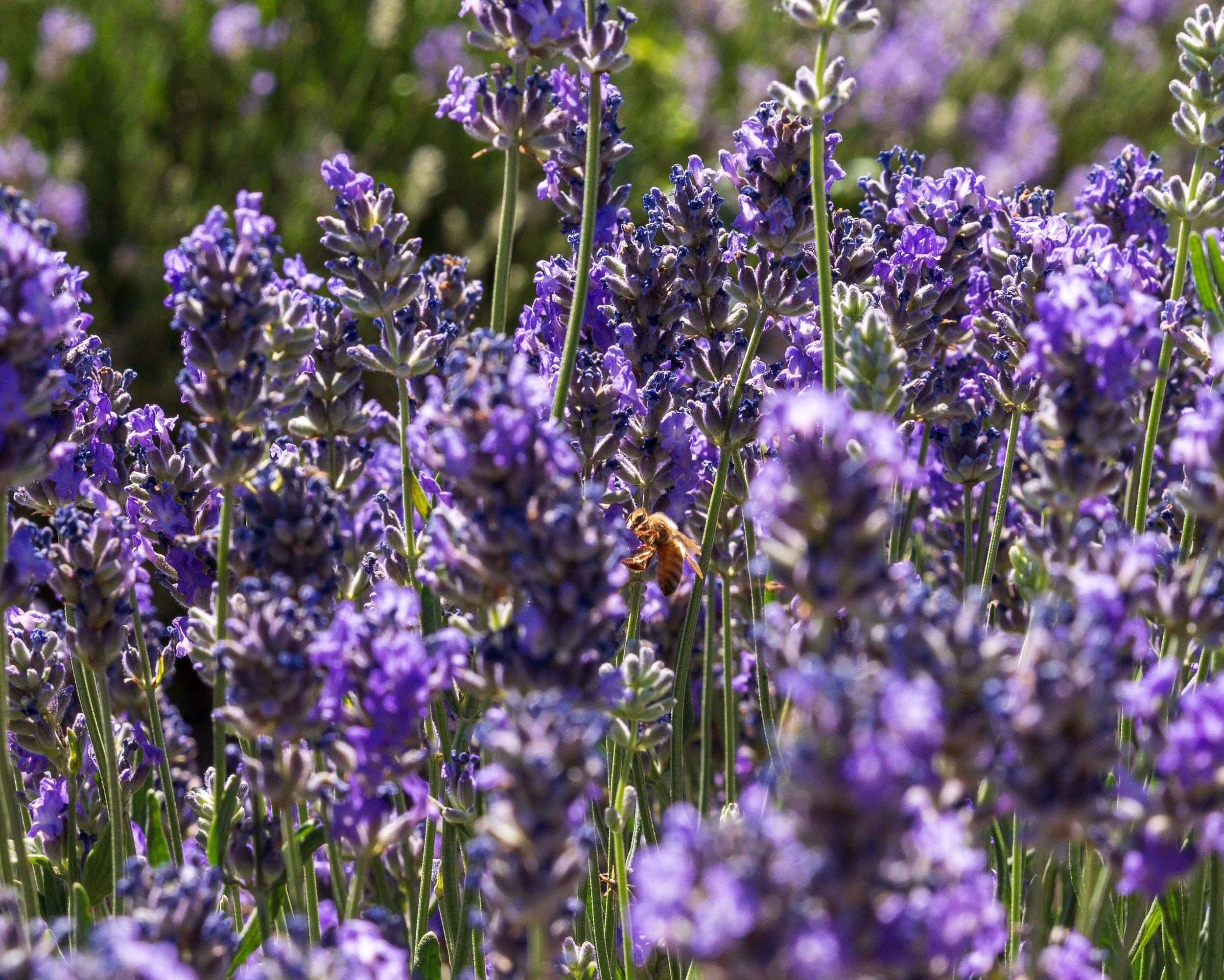
Bee in the Lavender - Young Living's Mt. Nebo Farm, Mona, Utah

Cooker filled with Grand Fir - Young Living's Highland Flats Farm, Naples, Idaho

Lavender Field - Young Living's Mt. Nebo Farm, Mona, Utah
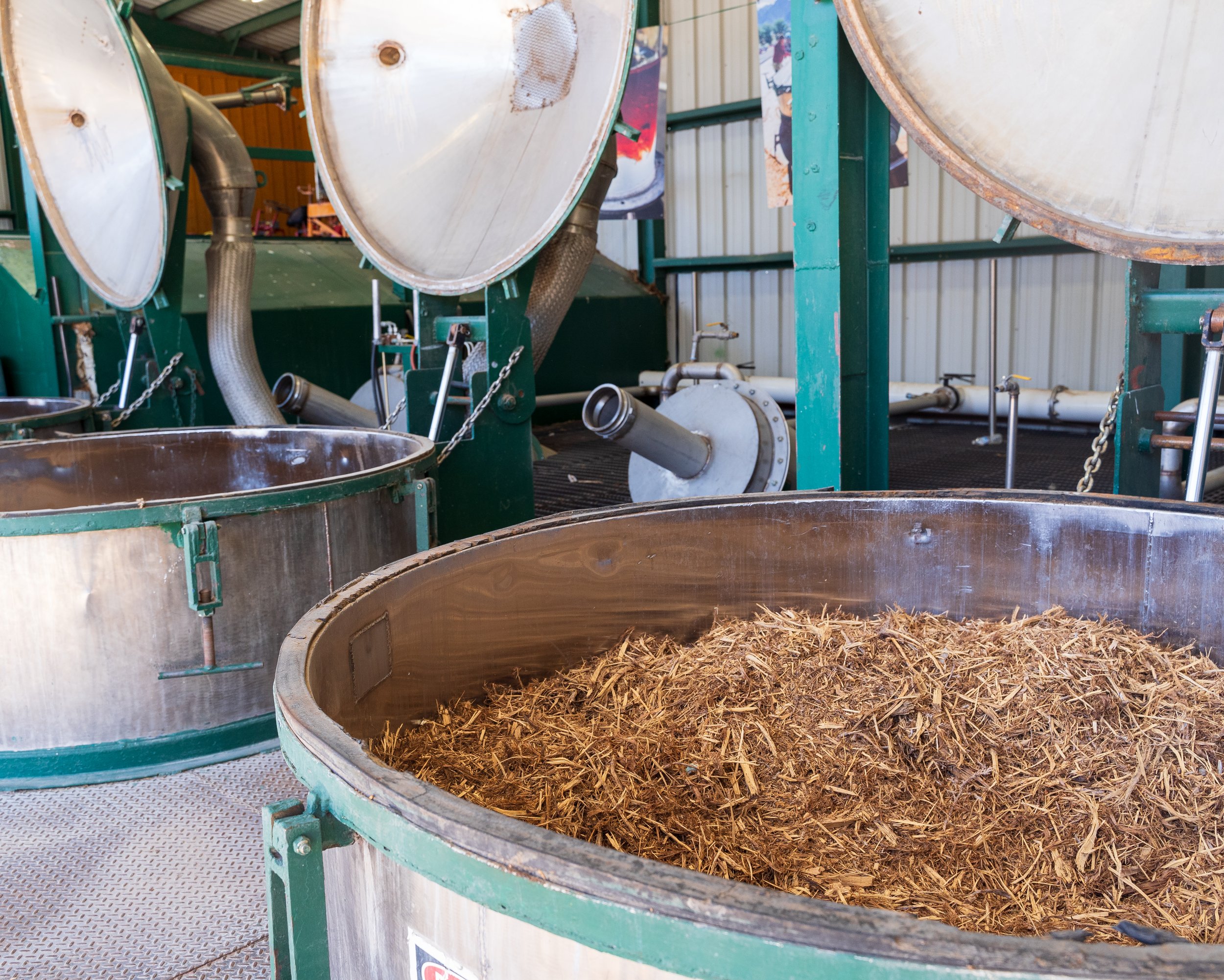
Juniper in the cooker - Young Living's Mt. Nebo Farm, Mona, Utah
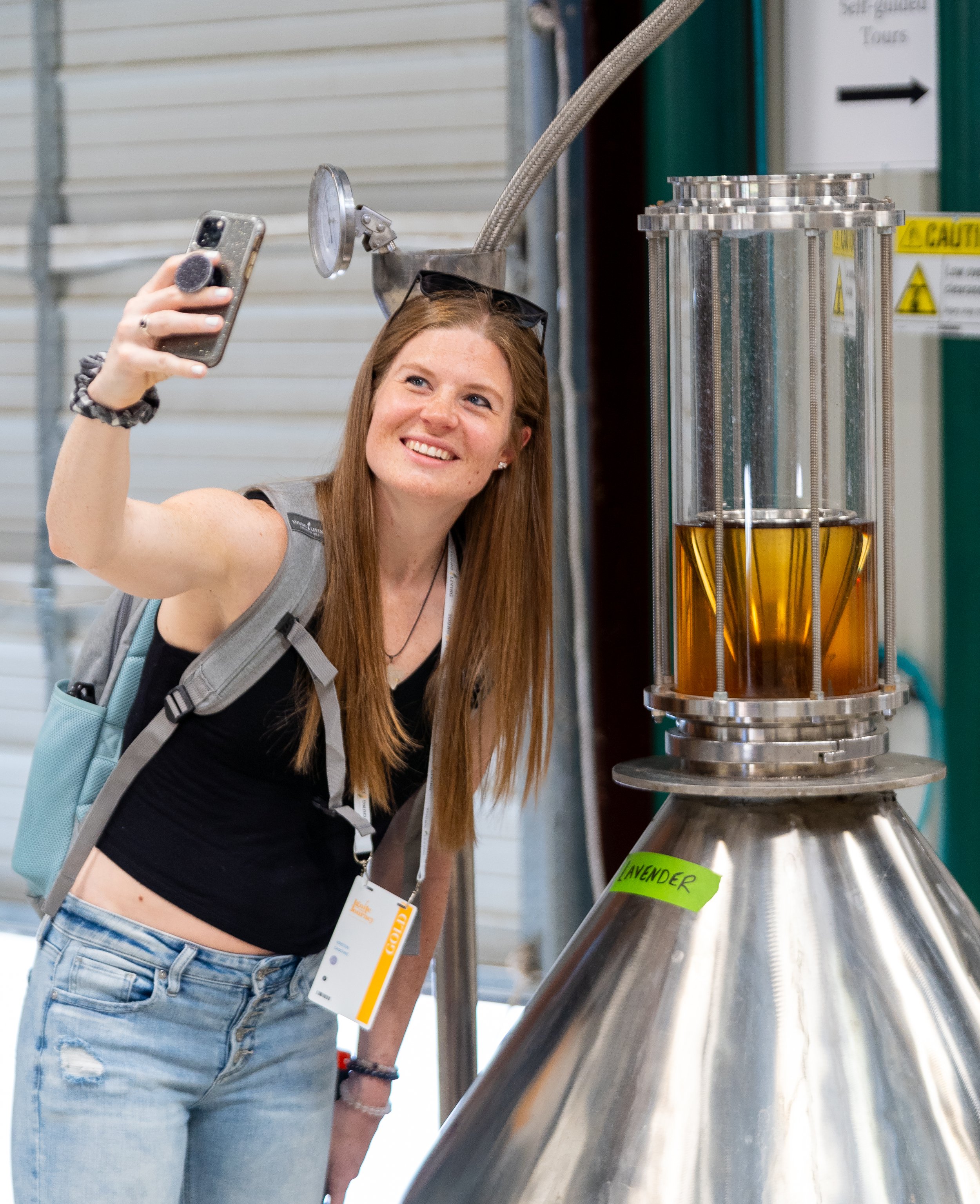
Fresh-distilled Lavender essential oil - Young Living's Mt. Nebo Farm, Mona, Utah
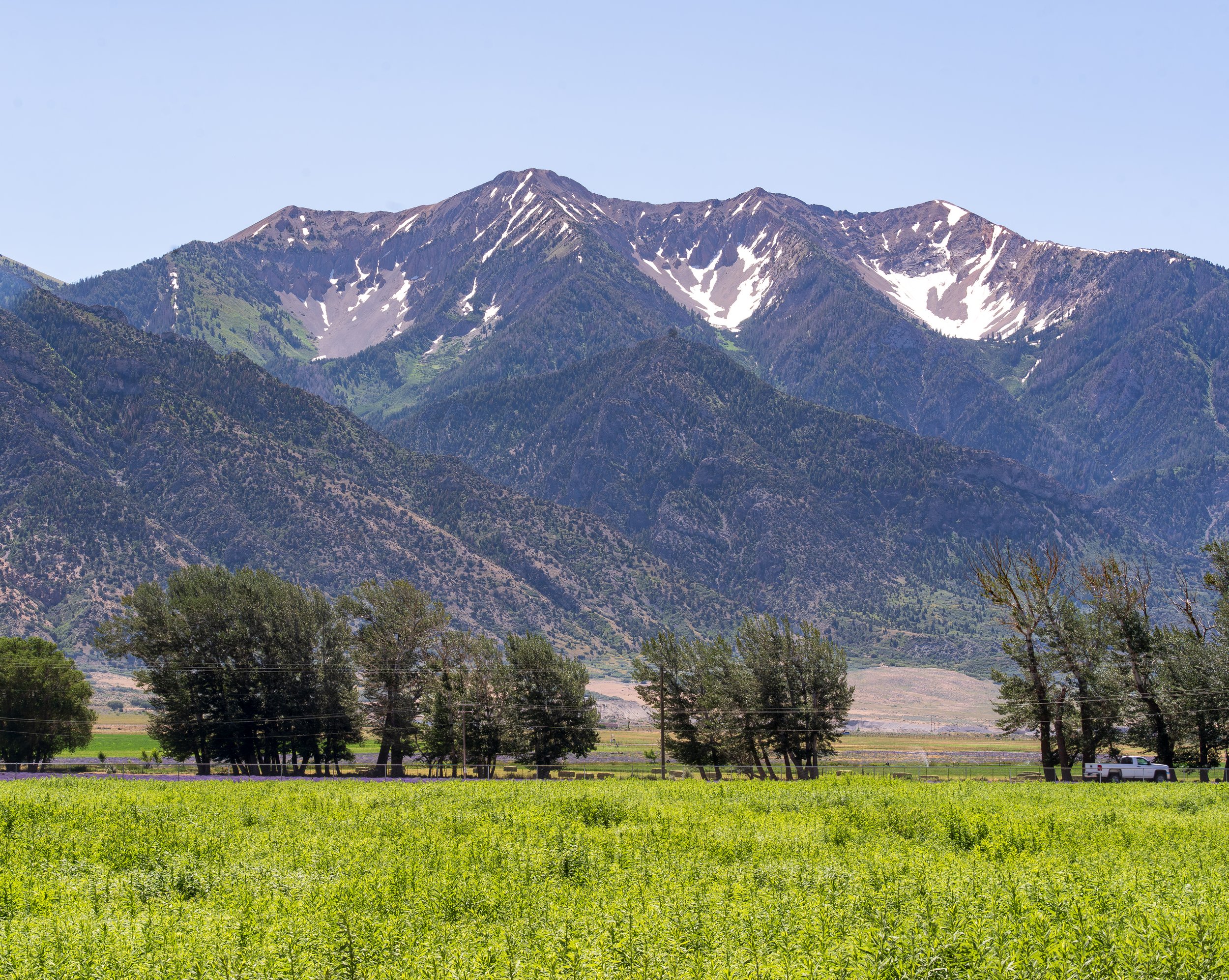
Young Living's Mt. Nemo Farm, Mona, Utah

Harvesting Einkorn wheat - Young Living's Mt. Nebo Farm, Mona, Utah

Young Living's St. Maries Farm - St. Maries, Idaho
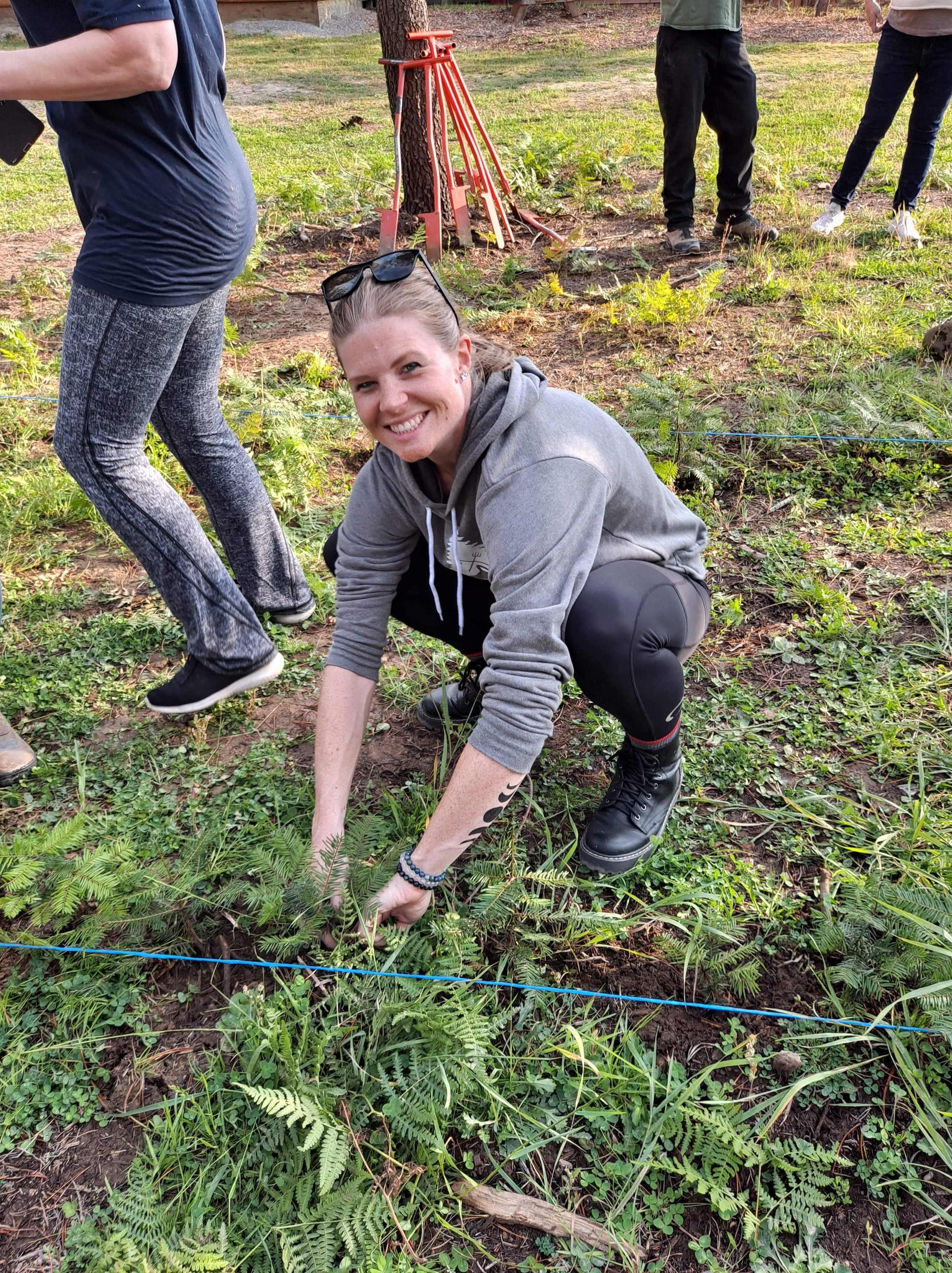
Planting Grand Fir saplings - Young Living's Highland Flats Farm, Naples, Idaho

